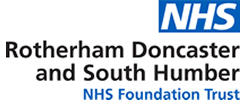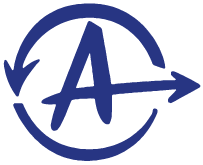More info...
Recovery Capital
There are four components to recovery capital:
Social capital
The sum of resources that each person has as a result of their relationships. This includes both support from and obligations to groups they belong to.
Family membership provides support but also entails commitments and obligations to the other family members.
Physical capital
Tangible assets such as stable employment or housing. Access to a healthy diet and fulfilling
hobbies.
Human capital
Skills, positive health, aspirations and hopes, and personal resources that will enable the individual to prosper, including educational attainment and skills, which are key aspects of human capital and will help with some of the problem solving that is required on a recovery journey.
Cultural capital
The values, beliefs and attitudes that link to social integration.
Recovery capital is different for each person and changes over time.
Recovery capital also interacts with problem severity to shape the intensity and duration of support needed to achieve recovery. This interaction dictates the intensity or level of care someone needs in terms of professional treatment and the intensity and duration of post-treatment recovery support services.
 “I feel a bit scared about the
“I feel a bit scared about the
change but also feel a little
bit excited about my future.” Service user’s quote



